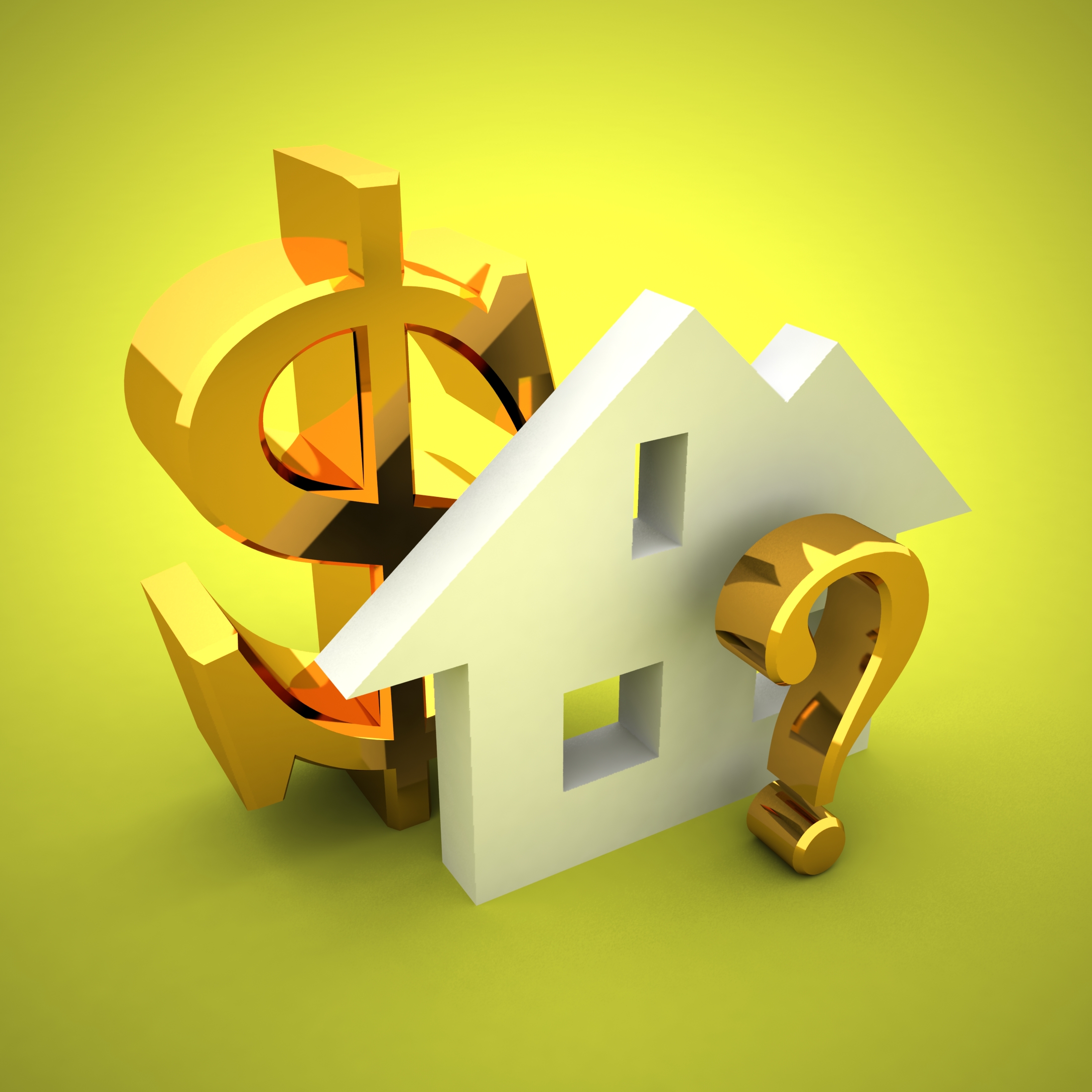
These days, anyone with Internet access and a typing finger can find variable mortgages at 1.95 per cent or less. Today’s variable rates – which seem more like savings account rates than lending rates – are tantalizing people like financial candy.
To many homeowners, they’re simply too low to resist. People figure, “Why go fixed at 2.49 per cent when I can let my mortgage float and save more than half a point? I can always lock in if it looks like rates will soar.”
Sure you can. Variable rate mortgages commonly permit borrowers to lock into a fixed rate at any time. But doing so is more expensive than people think, and here’s why:
It’s too easy to be too late
Many of us are under the illusion that we’re smart enough to know when to lock in. In truth, most don’t get the timing right.
For one thing, you have to follow the market intimately, and most of us have lives. Few have the time to become interest rate analysts, who, by the way, get rate direction wrong half the time anyway.
By the time we hear about the Bank of Canada hiking rates, it’s usually too late. Fixed mortgages are priced off the bond market and traders start raising bond rates (yields) in anticipation of, and well before, Bank of Canada moves. Yields can rocket up quickly, prompting lenders to swiftly jack up fixed mortgage rates. And lenders don’t exactly e-mail you in advance, warning you to lock in.
“Okay, in that case I’ll watch bond yields like a hawk,” you might be thinking. There, too, lies risk. The problem is, bond yields often spike randomly, faking people out before they drift right back down. People end up converting into rates that are one-half to three-quarters of a percentage point higher than their old variable rate, all for naught.
“Conversion rates” can suck
Few lenders give their best fixed pricing to customers who convert from a variable mortgage. Instead, borrowers get the lender’s standard advertised rates or an unpublished “conversion rate.” Such rates are usually at least one-fifth to one-half percentage point higher than a new customer would pay.
Worse yet, it’s hard to negotiate the conversion rate. Lenders know that you have to cough up a penalty to break your mortgage and leave, so they feel that you are more inclined to accept a higher rate.
Term limitations
When converting into a fixed rate, the vast majority of lenders require that you choose a fixed term that’s at least as long as your remaining variable rate term. So if your variable mortgage has four years to go, you can’t lock into a two-year fixed, for example.
Some lenders only let you lock into a five-year fixed. That’s a problem if you need to exit the mortgage before five years, as breaking a fixed mortgage can entail steep penalties.

